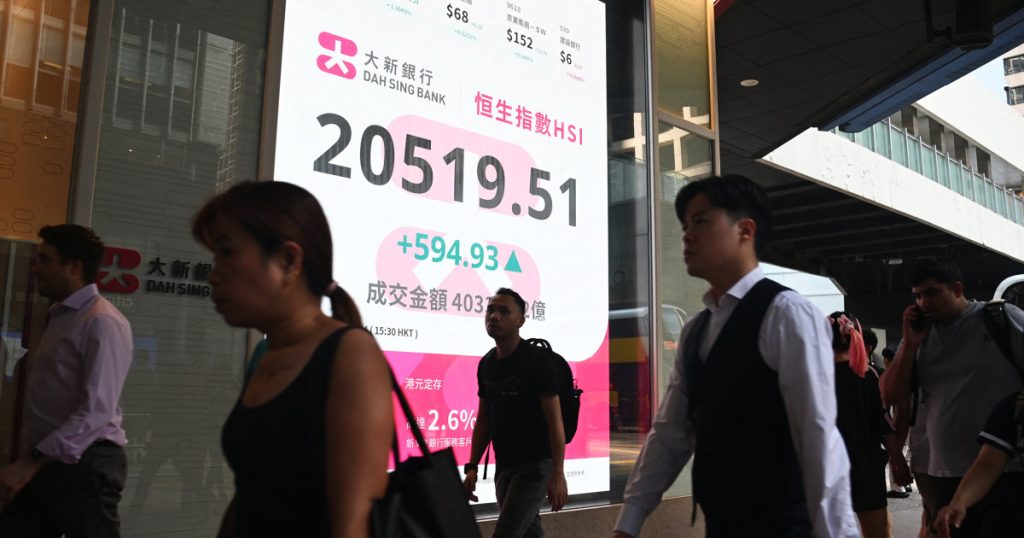Chinese markets had an exceptional week, with the CSI 300 rising 15.7% and Hong Kong’s Hang Seng index gaining 12.75%. This was the best week for both indexes in nearly two decades, driven by economic stimulus measures from the People’s Bank of China, including a cut to the reverse repurchase rate and a reduction in the reserve requirement ratio. The PBOC’s goal with these measures is to support stable economic growth and high-quality development. Industrial profit data for August showed a 17.8% year-on-year decline, following a 4.1% increase in July. Year-to-date profits for large industrial firms grew by 0.5% to 4.65 trillion yuan, compared to 3.6% in the first seven months.
In Japan, markets also saw gains, with the Nikkei 225 rising 2.32% and the Topix index climbing 0.73% after Tokyo reported its September inflation numbers. The headline inflation rate eased to 2.2%, down from August’s 2.6%, while the core inflation rate came in at 2%. The Japanese yen initially weakened against the U.S. dollar but later strengthened after Shigeru Ishiba won the race to lead Japan’s ruling party. South Korea’s Kospi fell 0.82%, while Australia’s S&P/ASX 200 inched up 0.10% to near its all-time high. In the U.S., all three major indexes rose, with the S&P 500 hitting a new record after upbeat economic data, including a decrease in weekly jobless claims and unrevised second-quarter GDP growth at 3%.
Investors will have to wait for more data to assess the impact of China’s recent stimulus measures. The Shanghai Stock Exchange reported “abnormal [and] slow transaction” in stock auctions, which they are investigating. Asian markets mostly rose, with Japan’s Nikkei 225 reaching its highest level since July, erasing all losses after the July 30 Bank of Japan rate decision. The broad-based Topix also saw gains after Tokyo’s CPI reading was announced. Elsewhere, South Korea’s Kospi and Kosdaq fell, while Australia’s S&P/ASX 200 approached its all-time high. In the U.S., all three major indexes posted gains following positive economic indicators.
Overall, the markets in China, Hong Kong, Japan, and the U.S. experienced gains during the week, buoyed by economic stimulus measures in China and positive economic data globally. Investors are eagerly awaiting further data to gauge the impact of the recent policy changes in China. Market performance in Asia was mixed, with some indexes rising while others fell. In Japan, the yen initially weakened against the U.S. dollar but strengthened after the ruling party leadership race. The U.S. markets saw a boost from upbeat economic indicators, including a decrease in jobless claims and steady GDP growth in the second quarter.


